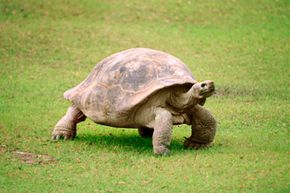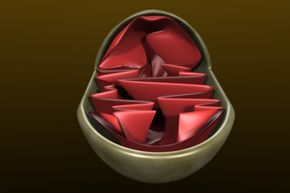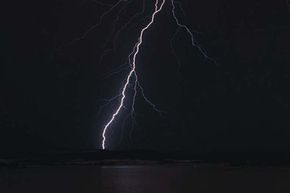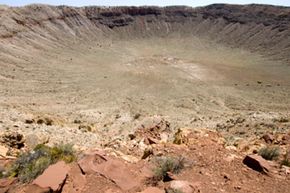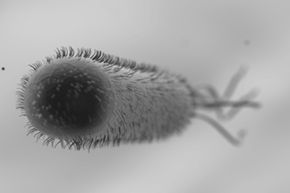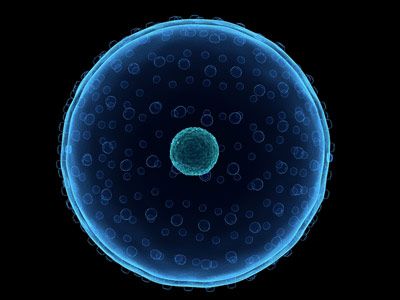It's easy to take the life that our planet teems with for granted, but its existence raises a very difficult question: Where did life on Earth come from?
Prior to the 1860s, when Louis Pasteur developed his germ theory of disease, the common consensus was that life could spontaneously generate. For example, if you left wheat grain out, it would spawn baby mice. Water left standing for days would birth organisms like algae. Today we know new life won't generate out of nothing, but this is due largely to Pasteur's work [source: Abedon].
Advertisement
Pasteur showed us that microorganisms, incapable of detection by human senses, live everywhere around us. This led to his germ theory, which states that human health is subject to attack by these microorganisms and that these attacks can result in what we think of as disease.
But his legacy also includes a sea change in human understanding about the genesis of life. After Pasteur revealed the nature of germs, he effectively killed the now-seemingly superstitious idea that organic life can generate spontaneously out of inorganic material. Ironically, science has come back to explore this very concept as a possibility once more as one of two main competing explanations for the origin of life on Earth.
The concept that life may have spontaneously generated is called abiogenesis. In the remote past precursors to life like amino acids and proteins arose from a primordial soup and managed to arrange themselves into self-replication precellular life forms. This beginning of life eventually composed and transcribed the DNA that forms the basis of the genetic code of life processes today. It's a fantastic idea -- and one that many inside and outside of the scientific community criticize.
In the other corner is abiogenesis' main -- and equally fantastic -- rival as explanation for the origin of life on Earth. This concept, panspermia, says that life didn't begin here on Earth, but elsewhere in the universe or solar system. Life was carried here, in a vehicle like an asteroid from another planet, and took hold in much the same way that a seed does in fertile soil. Probably more accurately, life would've spread like an epidemic disease in a form very similar to the germs that Pasteur uncovered.
No one can be sure which one adequately explains the origin of life on Earth, but amazingly, both have been shown to be possible. In this article, we'll look at the case each makes. First, we'll look at a common problem that both theories share.
Advertisement

